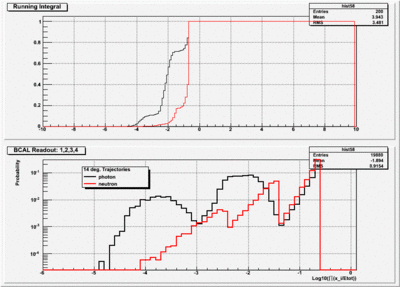PID Readout Scheme Tests
Contents
PID from readout scheme
Two readout seems are looked at:
a) 1,2,3,4
b) 3,3,4
The numbers indicate how many SiPMs are summed together into one digitization channel.
Neutron/Photon separation
Test different approaches or algorithms to take optimal advantage of the information for distinguishing between neutrons and photons.
Counting shower topology
Counting how many times a shower has energy deposits larger than zero in the different
digitization channels and combinations thereof.
In the following plots the vertical axis is probability and the horizontal axis is
a) 1/(4) : one cell out of four
b) 2/(4) : two cells out of four
c) 3/(4) : three cells out of four
d) 4/(4) : four cells out of four
e) 4th only : only fourth cells out of four
f) 2/(4) : two cells out of four with gap in between the two
80 degree, (1,2,3,4) left and (3,3,4) right
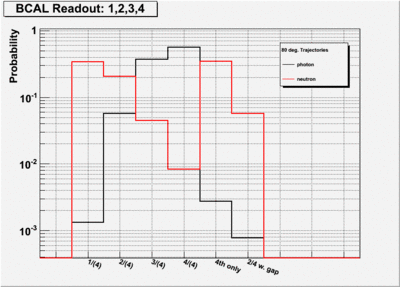
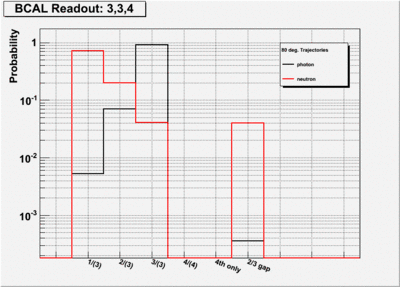
50 degree, (1,2,3,4) left and (3,3,4) right
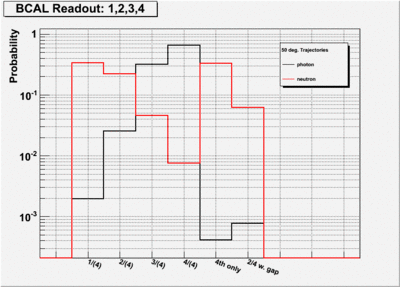
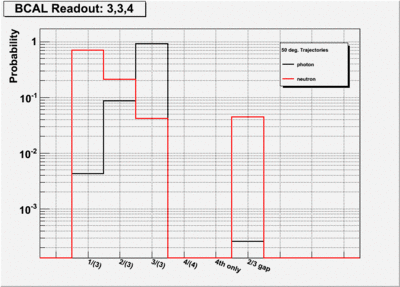
30 degree, (1,2,3,4) left and (3,3,4) right
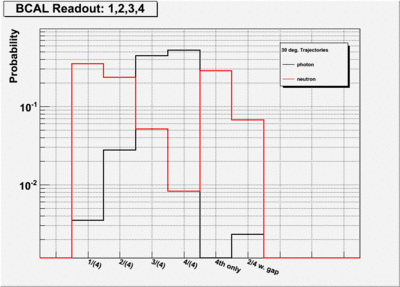

20 degree, (1,2,3,4) left and (3,3,4) right
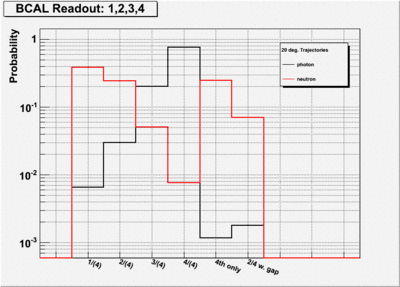
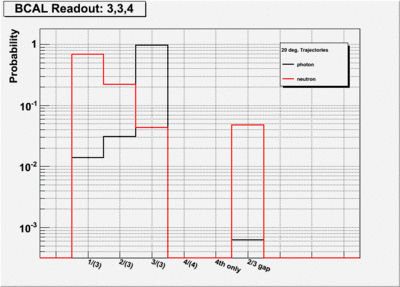
14 degree, (1,2,3,4) left and (3,3,4) right
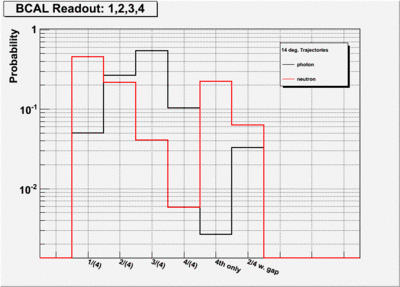
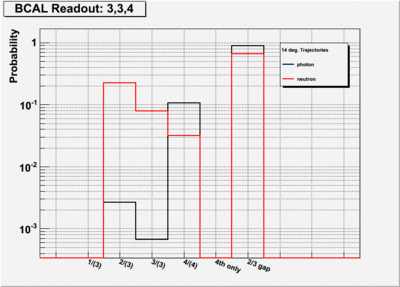
Fractional energy deposition
In the following the energy deposition in each digitization channel is summed for each layer and normalized to the total energy of the shower which here is the sum of all readout channels contribution to the reconstructed shower. In the case of a 3,3,4 readout scheme all cells of the layers 1,2 and 3 that contribute to the shower are summed and normalized to the total sum of the shower. Similarly the cells of layer 4,5,6 and 7,8,9,10 are summed and normalized:
The following histograms for each shower the product of all non zero R_i is calculated and the Log10 is evaluated and filled into the histogram.




80 degree, (1,2,3,4) left and (3,3,4) right
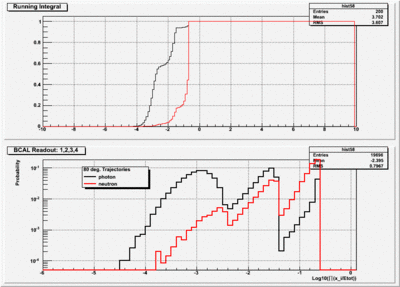
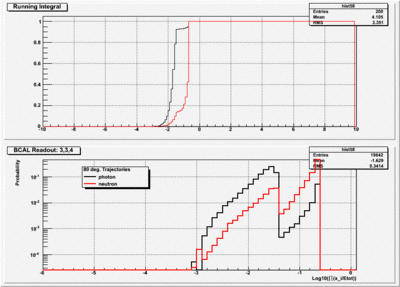
50 degree, (1,2,3,4) left and (3,3,4) right

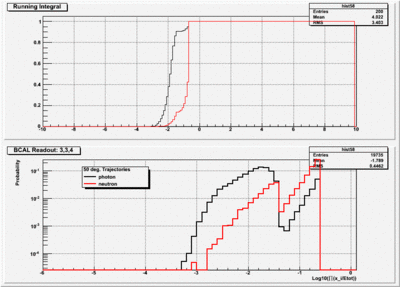
30 degree, (1,2,3,4) left and (3,3,4) right
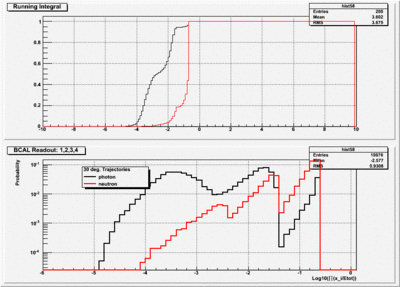

20 degree, (1,2,3,4) left and (3,3,4) right
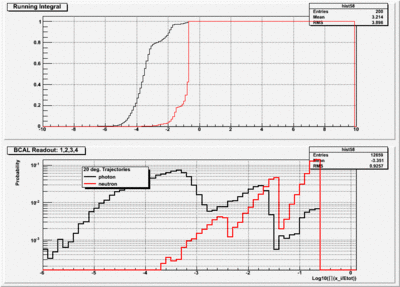

14 degree, (1,2,3,4) left and (3,3,4) right
